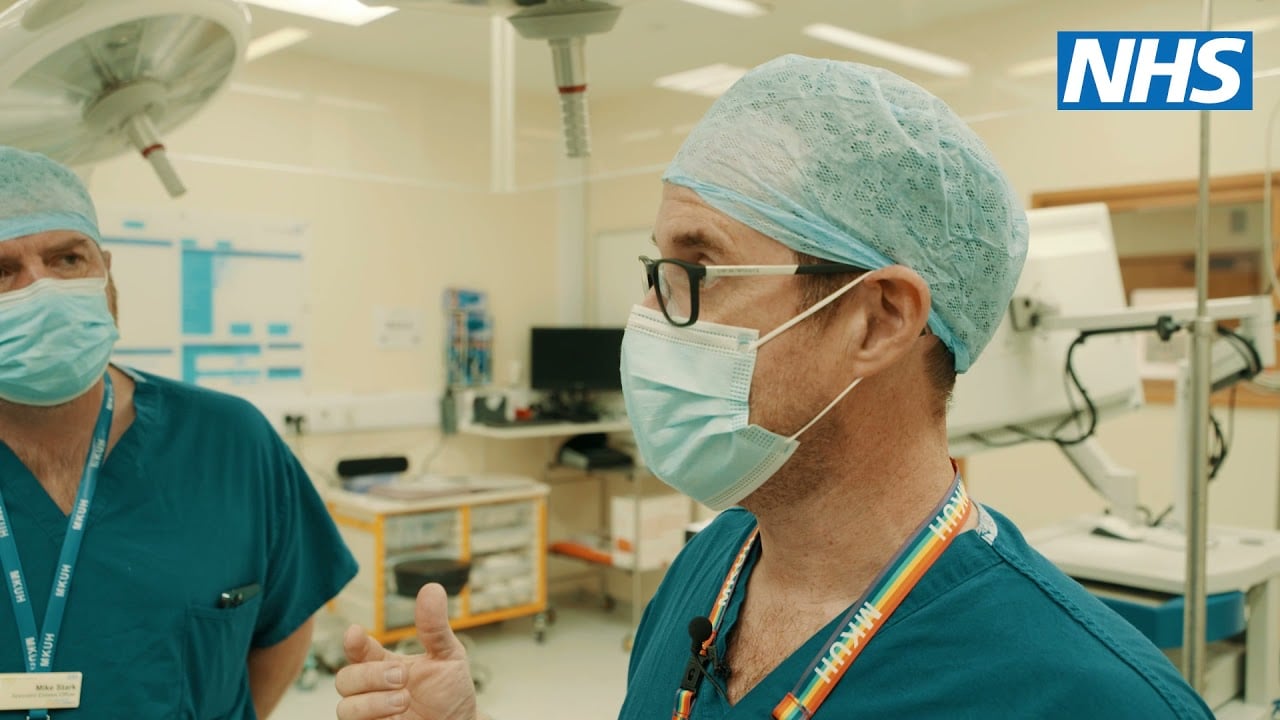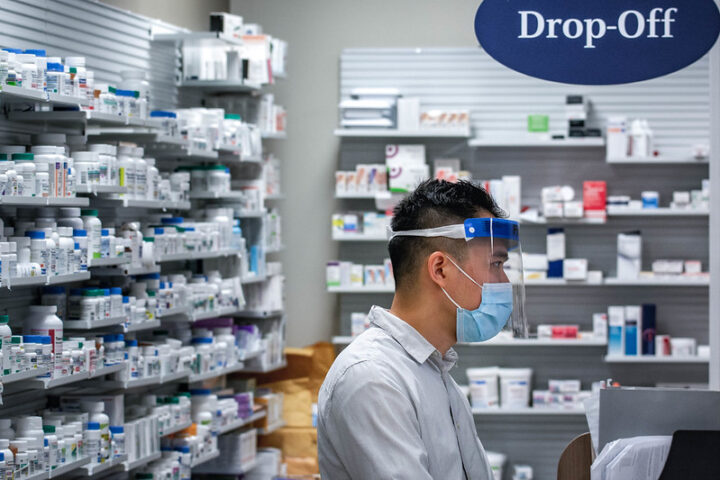More people are now waiting for hospital treatment in England. For the first time since September, the numbers have gone up – reaching 7.42 million delayed treatments. Behind this number are real people – about 6.25 million patients waiting to get the care they need.
Hospital teams are working to reduce these waiting times. They completed 100,000 more treatments this March compared to last year. That’s making a real difference for patients waiting for care.
The really long waits are getting shorter. Last year, nearly 5,000 people had been waiting over 18 months for treatment. Now that number has dropped to 1,164. That’s still too many, but it shows progress.
“The scale of demand that our frontline NHS teams are managing is enormous,” says Professor Sir Stephen Powis, who leads NHS England’s medical team. “Each month, they are having to not only deal with an historic backlog, but they are also working to keep up with the hundreds of thousands of new patients that need our care.”
Spring typically sees more people seeking medical help, leading to higher numbers. This March’s increase was smaller than usual – about 18,700 more patients compared to the typical spring rise of 68,000.
Similar Posts
Hospital teams completed over 1.5 million treatments in March alone. They’ve also made big improvements in cancer care, with more than 200,000 people receiving either a diagnosis or the all-clear within four weeks.
But there are still problems to solve. “Our members frequently tell us they could be doing more surgeries if they had enough operating theatres, or if existing facilities weren’t out of commission due to disrepair,” explains Professor Frank Smith from the Royal College of Surgeons.
Emergency care is getting better too. A&E departments handled over 2 million visits in April – their best performance in four years. Ambulances are reaching life-threatening emergencies faster, now arriving in under 8 minutes when someone’s life is at risk.

Before COVID-19, about 4.5 million treatments were on the waiting list. Today’s figure of 7.42 million shows just how much catch-up work remains. Every number represents someone waiting for care – a patient whose treatment has been delayed.
This version maintains the same accessible style while ensuring all facts align perfectly with the source material. The logical connections and context are preserved where they’re supported by the evidence or reasonable inference from the data provided.

















